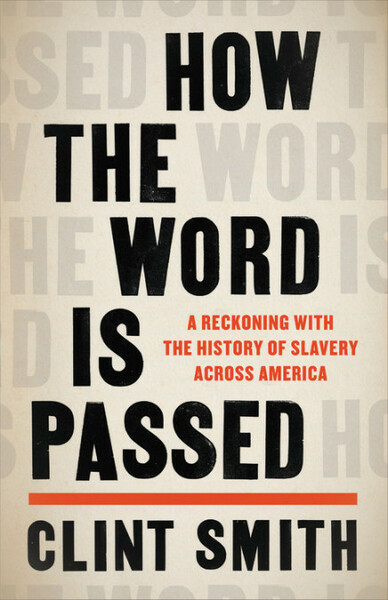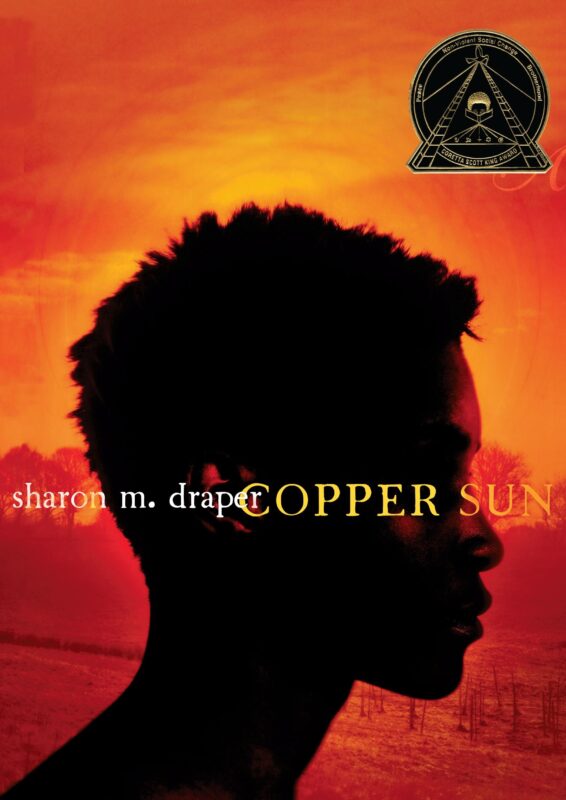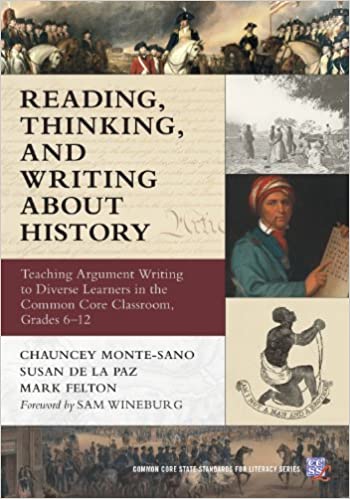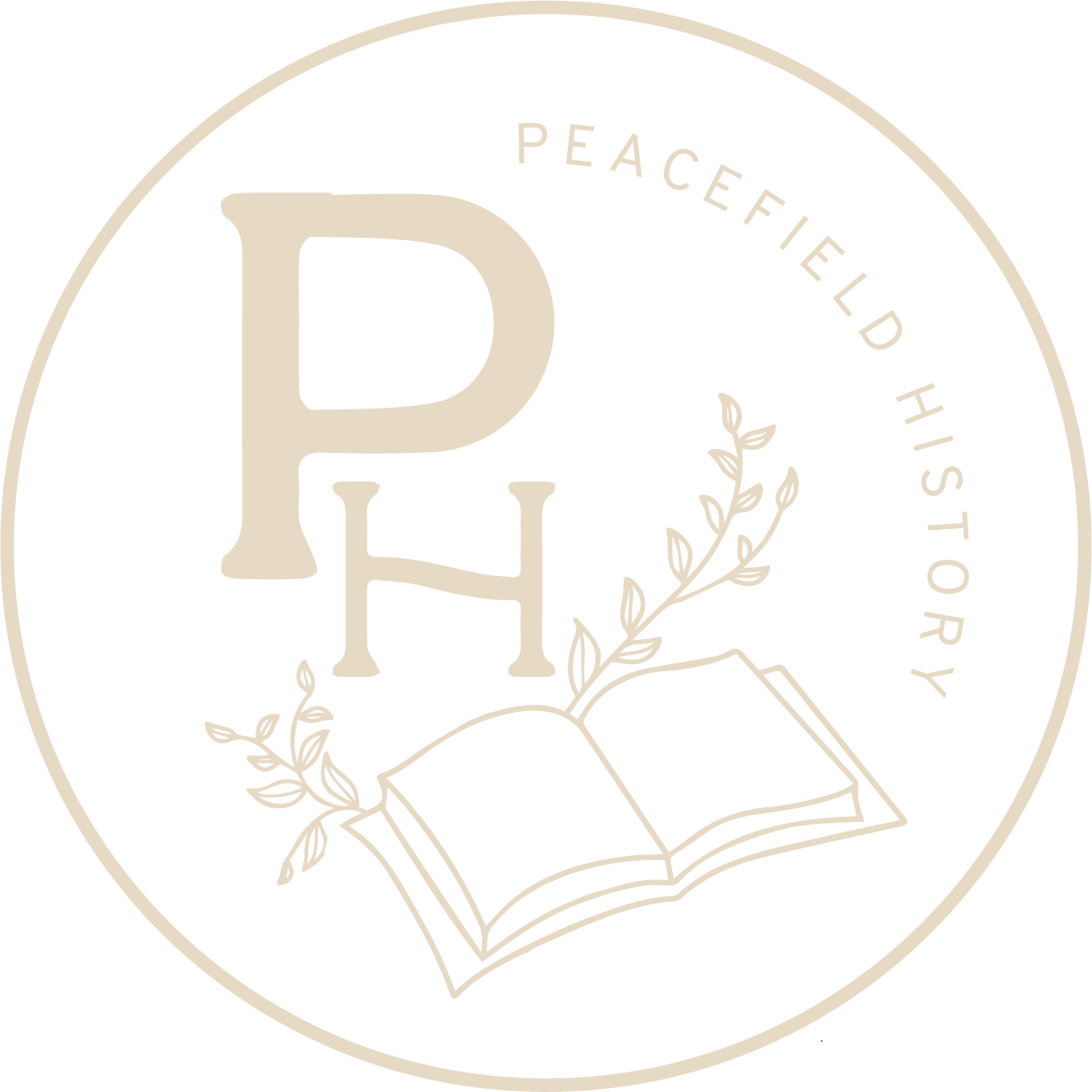How the Word is Passed
Series: Reads and Reviews, Reads and Reviews - September 2021
Genre: Teaching Social Studies
Clint Smith’s book, How the Word is Passed, was absolutely once of my favorites this year. I devoured the text, and definitely put off more pressing matters in favor of reading his words.
Smith sought to reckon with slavery in America by reconciling his own personal experiences with the story of slavery. He visited many historical landmarks, interviewed tour guides and visitors, and then reflected on what he saw and what they had to say.
Although I was aware of much of the history that Smith discussed, the combination of his reflections, his interviews, and his descriptions of each place made the process of reading this book summarily enlightening. Smith’s writing is so lyrical that it almost felt like I was reading a long form poem instead of a narrative.
Honestly, I think this book is for every American. I’ve seen so many fellow teachers post about this book, and now I see why! I could see teachers assigning a chapter or two for either an English or a History class. Please pick up a copy for yourself.
More info →Copper Sun
Series: Reads and Reviews, Reads and Reviews - July 2021
Genres: Historical Fiction - Middle Grade, Teaching Social Studies
(Middle Grade Reading Level - a depiction of the reality of slavery including - violence, rape, death, and murder)
Copper Sun is a well-crafted story with impeccable research and accuracy. Amari is in her mid-teens when she is captured and sold into slavery along the African coast. She is shipped across the Atlantic ocean, sold to an enslaver, and gradually finds a place in the new reality she is forced to endure. This book is realistic in its depictions and traumatically sad as a result. One of the best aspects of this story is the awareness of the spectrum of freedom for women in this time. Amari is certainly in slavery, however, the other women she encounters - Polly, an indentured servant, or Mrs. Derby, the young wife of Amari's enslaver - aren't quite free either. Worthy of a read-aloud in any classroom, as long as students are made aware of the truth of the unflinching story that will be told.
More info →Reading, Thinking, and Writing About History
Series: Blog Post Topics, Social Studies Curriculum Books
Genre: Teaching Social Studies
This book appears to be geared towards teachers who are just entering the world of inquiry-based learning. There is considerable space devoted to a discussion of why inquiry-based learning is a best practice for Social Studies education. There are six specific three-day lesson examples, and each has its own chapter. Some of them remind me of the lessons from the Stanford History Education Group, and some even use the same documents.
I like the structure of the individual lessons, and the documents are reasonably modified for seventh-grade readers. The lessons each contain some background history to help teachers with historical context, and each also mentions videos that the students may watch to gain some context. I do wish that they provided historical context readings for the students in a handout form. The lessons do include student worksheets. They also provide an "IREAD" approach for students to access the documents.
The lessons are just individual lessons, and not centered within a unit. Therefore, the questions that guide each inquiry are very rather specific. I do think that they could be broadened to include more activities, but teachers would need to create those activities on their own. Each lesson is linked to the C3 framework and common core.
More info →




